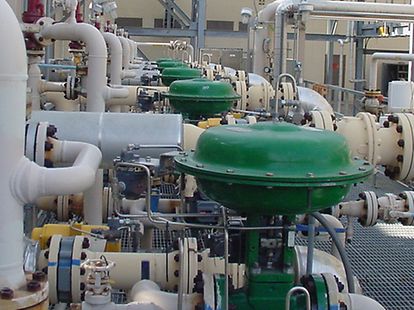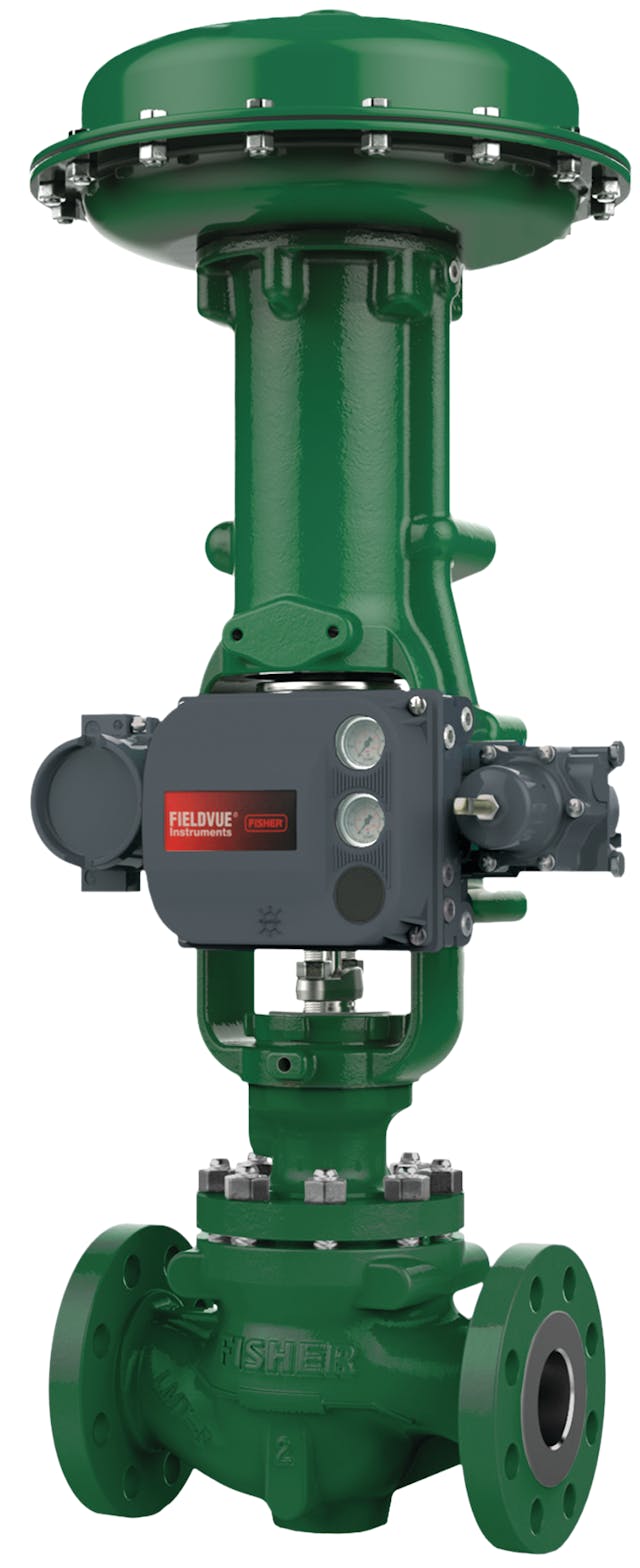
Maximize Power Savings and Convenience With Advanced Building Automation Controls
In the realm of contemporary design and center monitoring, the integration of innovative structure automation controls stands as an essential development. The merging of technology and sustainability has actually birthed a new era where energy efficiency, convenience optimization, and functional streamlining are no more remote ambitions but possible facts. By utilizing the power of automation, buildings can adjust, react, and progress in ways that were once unimaginable. The possibility for substantial energy financial savings and improved comfort is not just a possibility however a pledge waiting to be satisfied. This paradigm shift in building administration holds the key to unlocking a world where ecological conscientiousness and resident well-being sympathetically exist side-by-side within the walls of our structures.
Energy Performance Benefits
Energy efficiency advantages can significantly lower power intake and operational prices in structures. Energy-efficient systems, such as innovative building automation controls, can maximize the usage of resources like heating, illumination, and air conditioning, leading to reduced energy expenses over time.
In addition, improved power effectiveness can lengthen the life-span of structure tools and systems. By operating much more successfully, HVAC systems, lighting fixture, and other building parts experience much less deterioration, resulting in lowered upkeep and substitute prices. Furthermore, energy-efficient structures commonly regulate greater property worths and rental prices, giving long-lasting monetary advantages to proprietors.
Furthermore, energy efficiency can boost owner comfort and productivity. Properly regulated interior atmospheres with ideal lights and thermal conditions produce an even more favorable and pleasurable office, bring about boosted staff member contentment and performance. In general, the power performance advantages linked with sophisticated building automation controls are complex, encompassing price financial savings, environmental stewardship, and passenger health.
Boosted Convenience Control
Enhancing comfort control in structure environments calls for a sophisticated assimilation of sophisticated automation systems for optimal passenger well-being. By using sophisticated building automation controls, centers can customize the indoor setting to meet the particular needs and choices of residents. These systems allow exact regulation of lighting, ventilation, and temperature, creating a comfy and efficient atmosphere. Resident contentment and efficiency are very closely connected to thermal convenience, making it important to have systems in position that can adapt to changing problems in real-time.
Enhanced comfort control goes past basic temperature level adjustments. It includes attributes such as individualized setups, tenancy sensors, and all-natural light usage to produce a receptive and dynamic environment. By including these sophisticated controls, structures can not just enhance convenience yet also improve energy performance by optimizing system operations based on actual tenancy and use patterns. Ultimately, focusing on resident comfort through innovative automation systems causes an extra delightful and healthier indoor environment.
Functional Efficiency Improvements

Additionally, the implementation of real-time surveillance and analytics tools allows structure operators to determine energy inefficiencies and operational anomalies quickly. By continuously keeping track of energy use patterns and system performance metrics, modifications can be made in real-time to enhance energy intake and make sure peak functional efficiency. control valves. Additionally, including demand feedback methods right into building automation controls can better boost functional efficiency by dynamically changing power use based on grid conditions and prices signals
Indoor Environment Optimization
Efficient interior environment optimization is a basic aspect of building automation controls, making hop over to these guys certain occupants' convenience and well-being while optimizing power savings. By making use of innovative sensing units and controls, building automation systems can continually change and keep an eye on temperature, moisture levels, air quality, and ventilation to produce an ideal interior environment. Maintaining consistent and comfy conditions not just improves occupant fulfillment however also boosts efficiency and overall wellness.
Indoor climate optimization also plays a critical role in power performance. By fine-tuning air conditioning, ventilation, and home heating systems based upon real-time information and tenancy patterns, constructing automation controls can dramatically reduce energy consumption - control valves. For example, applying methods such as demand-controlled air flow and thermal zoning can aid reduce power waste while ensuring that each location of the building obtains the needed conditioning.

Lasting Atmosphere Development
Building automation controls not only optimize interior climate conditions for power efficiency and occupant convenience however also lay the structure for developing a lasting atmosphere through tactical monitoring look at this web-site of systems and resources. By incorporating sophisticated building automation technologies, such as sensing units, actuators, and intelligent software application, centers can keep an eye on and readjust energy usage in real-time to decrease waste and reduce their carbon footprint. These systems allow anticipating maintenance, recognizing potential issues before they intensify and enhancing devices efficiency to boost durability and efficiency.
Furthermore, lasting environment creation prolongs beyond energy management to incorporate water preservation, waste decrease, and indoor air quality enhancement. Building automation controls can regulate water usage, spot leaks, and guarantee proper garbage disposal methods, adding to overall sustainability initiatives. In addition, by checking and managing ventilation and filtering systems, these innovations boost occupant health and wellness and efficiency while decreasing energy consumption related to a/c procedures.
Verdict
Finally, advanced building automation regulates deal considerable benefits in terms of power cost savings, convenience control, operational efficiency, interior environment optimization, and developing a lasting setting. By carrying out these controls, buildings can accomplish ideal efficiency while minimizing power intake and boosting passenger convenience. It is evident that using innovative automation innovation is crucial in enhancing building performance and creating a much more lasting future.
Power effectiveness advantages can dramatically reduce energy consumption and functional prices in buildings. Generally, the energy performance advantages associated with sophisticated structure automation controls are complex, incorporating expense financial savings, environmental stewardship, and occupant health.
In addition, integrating need action strategies right into building automation controls can additionally boost functional performance by dynamically readjusting energy use based on grid problems and prices signals.
Building automation controls not just maximize indoor climate problems for energy effectiveness and occupant convenience but also lay the structure for developing a sustainable setting with tactical administration of sources and systems.In conclusion, advanced building automation controls offer substantial benefits in terms of energy savings, comfort control, functional efficiency, indoor environment optimization, and developing a sustainable setting.